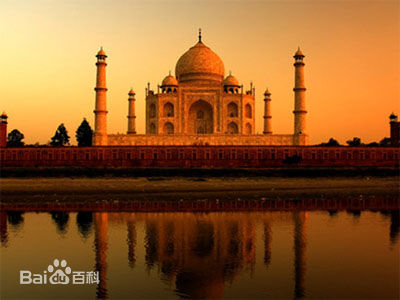 India's diverse economy encompasses traditional village farming, modern agriculture, handicrafts, a wide range of modern industries, and a multitude of services. Services are the major source of economic growth, accounting for more than half of India's output with less than one third of its labor force. Slightly more than half of the work force is in agriculture, leading the United Progressive Alliance (UPA) government to articulate a rural economic development program that includes creating basic infrastructure to improve the lives of the rural poor and boost economic performance. The government has reduced controls on foreign trade and investment. Higher limits on foreign direct investment were permitted in a few key sectors, such as telecommunications. However, tariff spikes in sensitive categories, including agriculture, and incremental progress on economic reforms still hinder foreign access to India's vast and growing market. The economy has posted an average growth rate of more than 7% in the decade since 1997, reducing poverty by about 10 percentage points. India achieved 8.5% GDP growth in
India's diverse economy encompasses traditional village farming, modern agriculture, handicrafts, a wide range of modern industries, and a multitude of services. Services are the major source of economic growth, accounting for more than half of India's output with less than one third of its labor force. Slightly more than half of the work force is in agriculture, leading the United Progressive Alliance (UPA) government to articulate a rural economic development program that includes creating basic infrastructure to improve the lives of the rural poor and boost economic performance. The government has reduced controls on foreign trade and investment. Higher limits on foreign direct investment were permitted in a few key sectors, such as telecommunications. However, tariff spikes in sensitive categories, including agriculture, and incremental progress on economic reforms still hinder foreign access to India's vast and growing market. The economy has posted an average growth rate of more than 7% in the decade since 1997, reducing poverty by about 10 percentage points. India achieved 8.5% GDP growth in|
Copyright © 2003-2018 China Intellectual Property Magazine,All rights Reserved . www.chinaipmagazine.com 京ICP备09051062号 |
|
|


